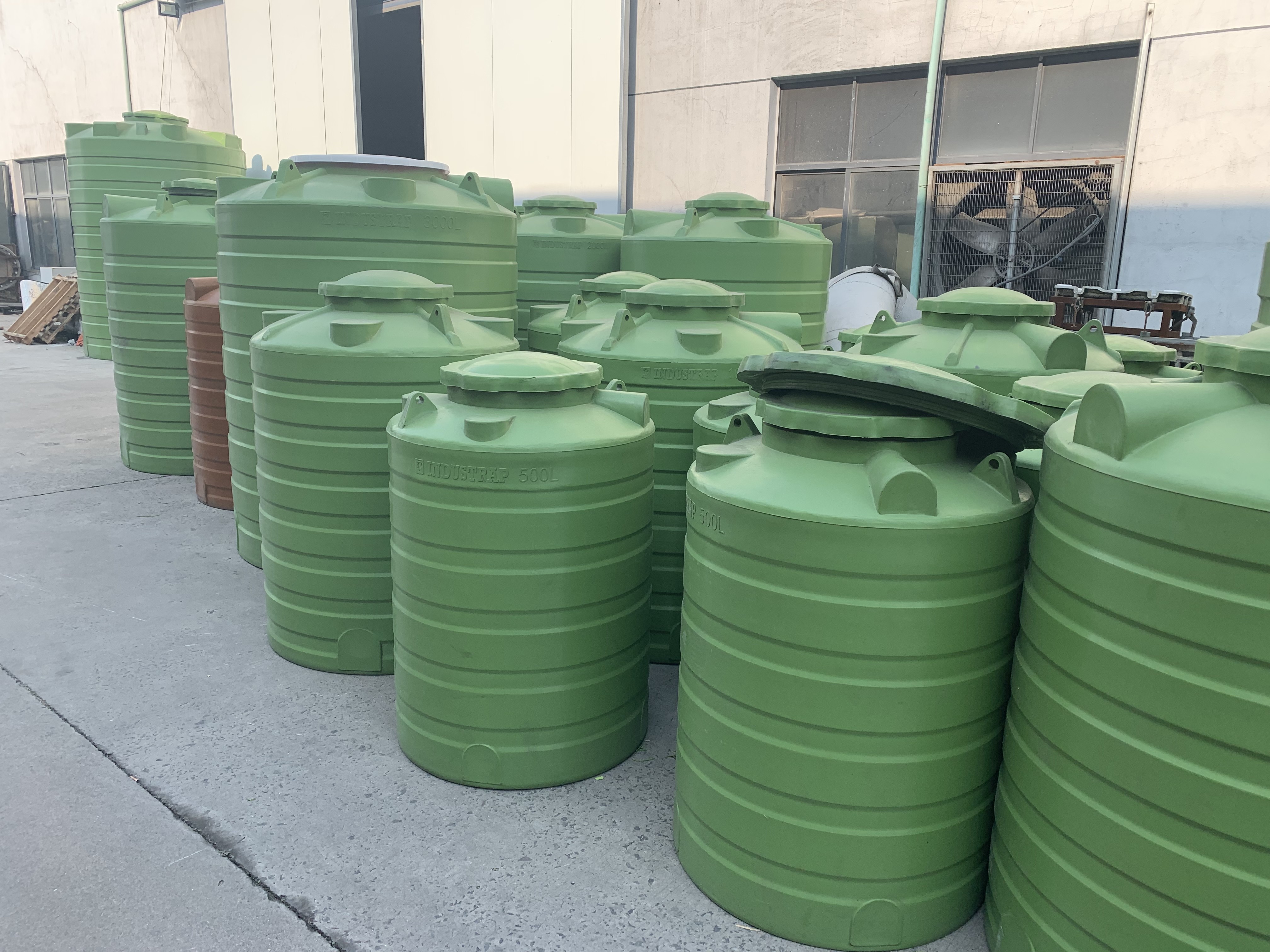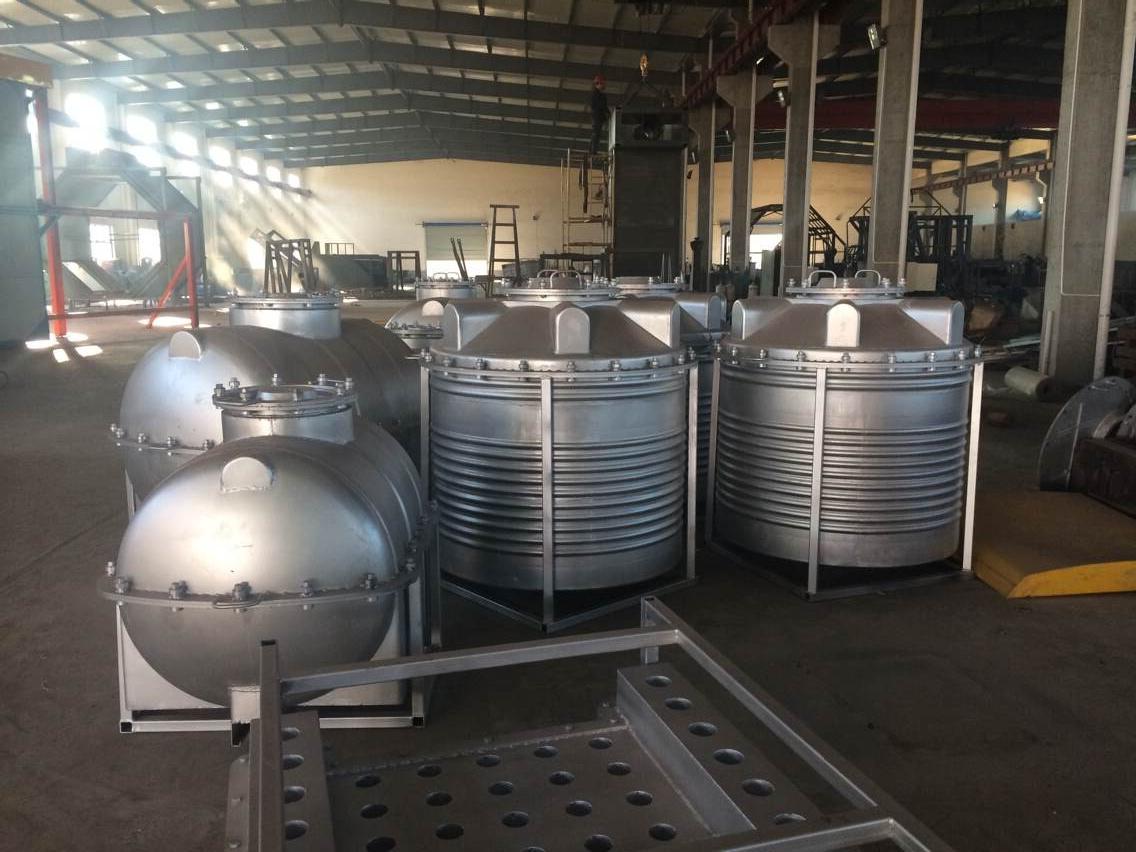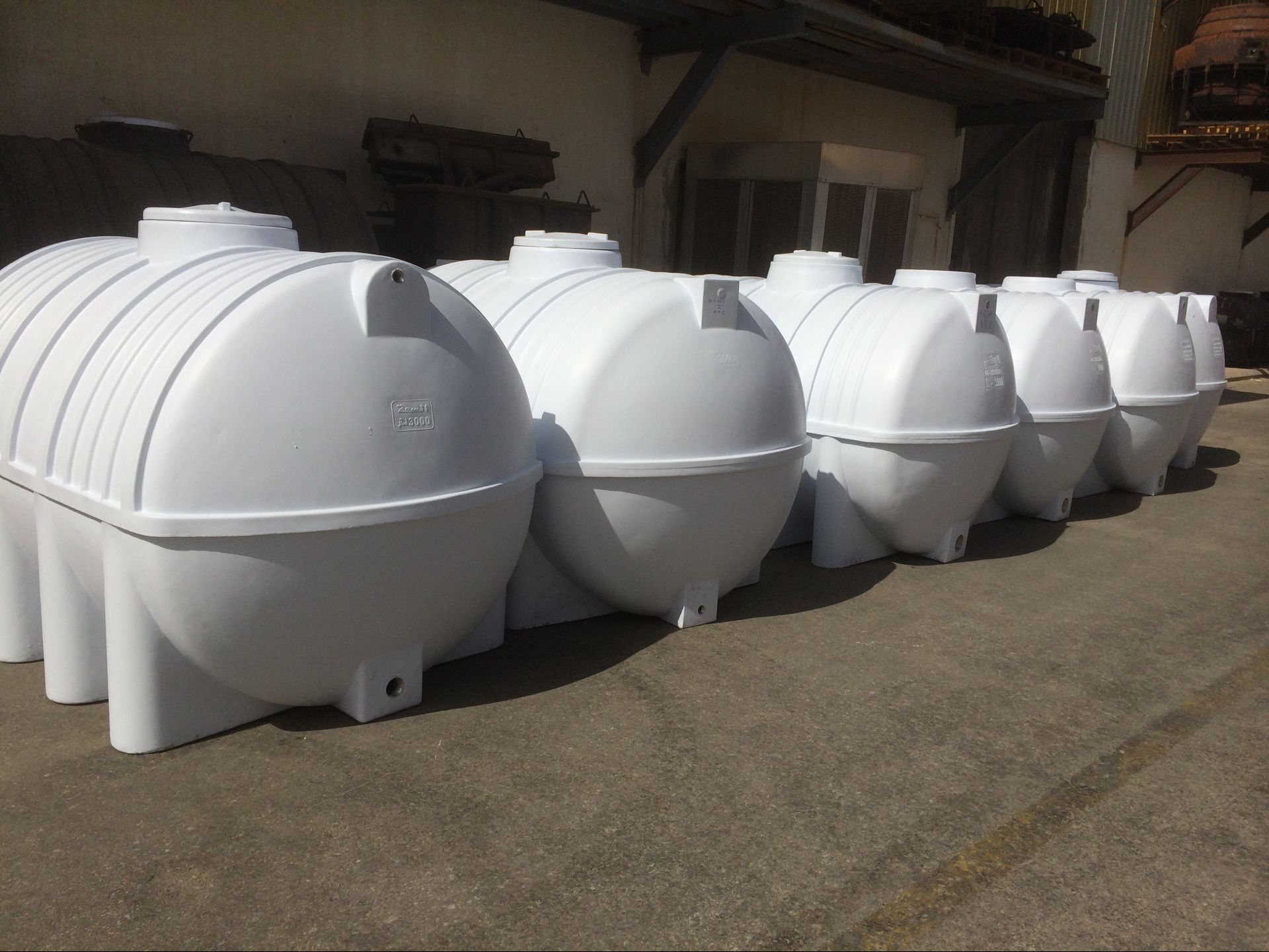- All
- Product Name
- Product Keyword
- Product Model
- Product Summary
- Product Description
- Multi Field Search
Rotomold molds, also known as rotomolding molds or tooling, offer several advantages in the rotomolding process:
1. Design flexibility: Rotomold molds allow for complex and intricate designs to be produced. They can accommodate various shapes, sizes, and features, including undercuts, textures, and logos. This design flexibility enables the production of unique and customized products.
2. Cost-effective production: Rotomold molds are typically less expensive compared to other molding processes, such as injection molding. They are made from materials like aluminum or steel, which are durable and cost-effective. This cost advantage makes rotomolding an attractive option for manufacturers, especially for low to medium volume production runs.
3. Durability and longevity: Rotomold molds are designed to withstand the high temperatures and rotational forces involved in the rotomolding process. They are made from robust materials, such as aluminum or steel, which ensure their durability and longevity. Well-maintained rotomold molds can be used for multiple production cycles, providing a long-term investment for manufacturers.
4. Easy mold modifications: Rotomold molds are relatively easy to modify or repair. Changes to the mold design can be made by machining or welding, allowing for quick adjustments or updates to meet changing product requirements. This flexibility in mold modifications enables manufacturers to adapt to market demands and optimize their production processes.




Rotomold molds, also known as rotomolding molds or tooling, offer several advantages in the rotomolding process:
1. Design flexibility: Rotomold molds allow for complex and intricate designs to be produced. They can accommodate various shapes, sizes, and features, including undercuts, textures, and logos. This design flexibility enables the production of unique and customized products.
2. Cost-effective production: Rotomold molds are typically less expensive compared to other molding processes, such as injection molding. They are made from materials like aluminum or steel, which are durable and cost-effective. This cost advantage makes rotomolding an attractive option for manufacturers, especially for low to medium volume production runs.
3. Durability and longevity: Rotomold molds are designed to withstand the high temperatures and rotational forces involved in the rotomolding process. They are made from robust materials, such as aluminum or steel, which ensure their durability and longevity. Well-maintained rotomold molds can be used for multiple production cycles, providing a long-term investment for manufacturers.
4. Easy mold modifications: Rotomold molds are relatively easy to modify or repair. Changes to the mold design can be made by machining or welding, allowing for quick adjustments or updates to meet changing product requirements. This flexibility in mold modifications enables manufacturers to adapt to market demands and optimize their production processes.



